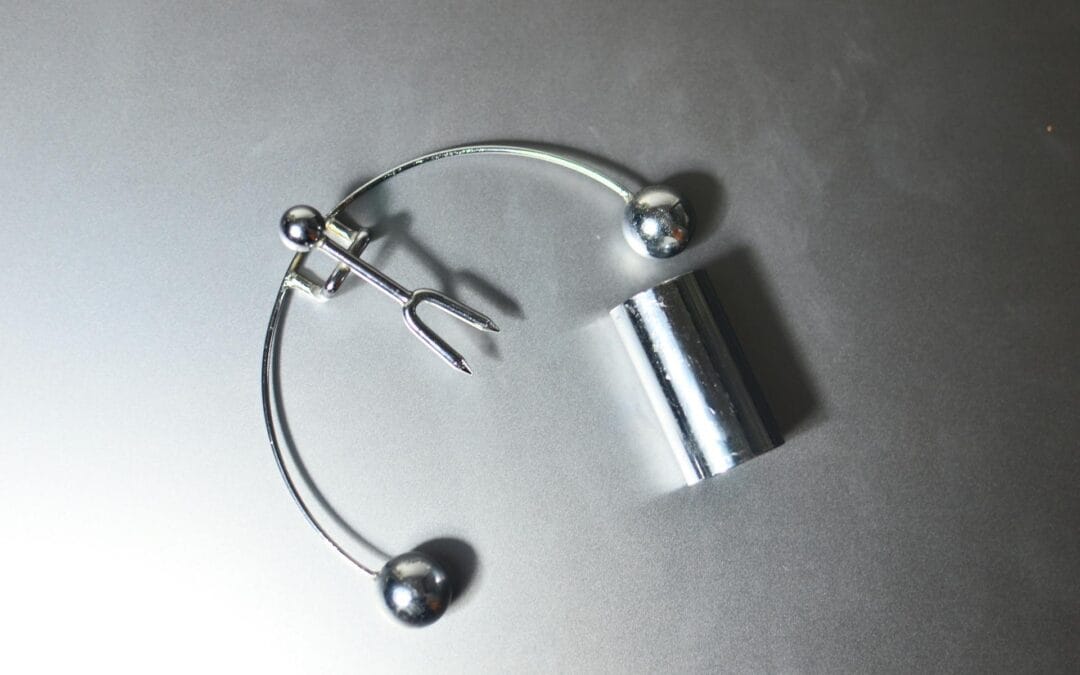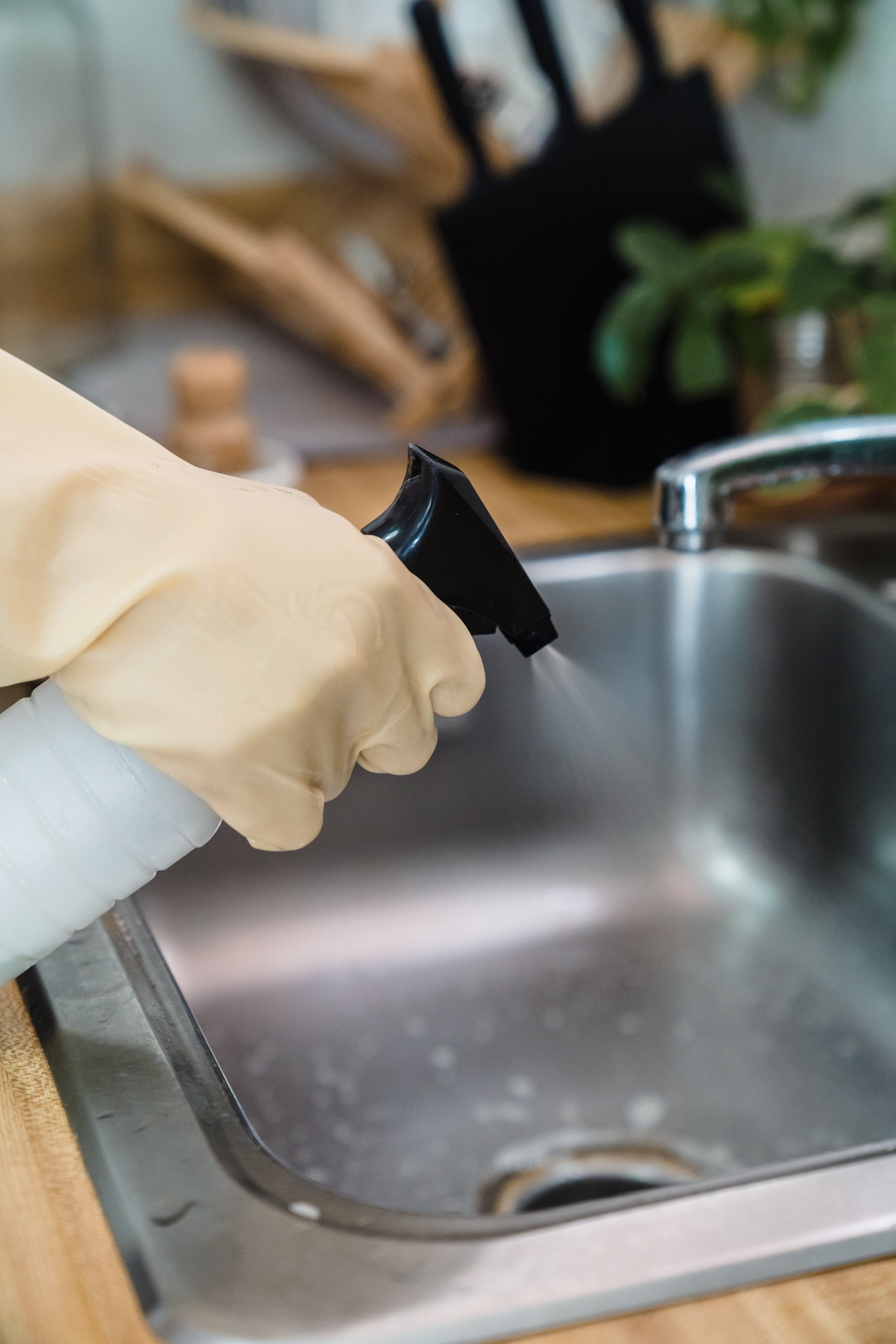
New Product Development Q&A with Catapult Insights and NPD expert Gwen Ishmael
New Product Development Q&A with Catapult Insights and NPD expert Gwen Ishmael
New Product Development (NPD) can be some of the most exciting work a researcher can do in their career. It can be thrilling to have a peek behind the curtain at what products are going to launch next– will this particular product be the next big thing? As interesting and fun as NPD work can be, it also comes with its own set of challenges.
Catapult Insights’ Jill Miller recently sat down to talk with NPD experts Justin Sutton and Gwen Ishmael about their NPD experiences and some of the joys they’ve experienced along the way. Read on as they share what they’ve learned from their trials, tribulations, and triumphs.
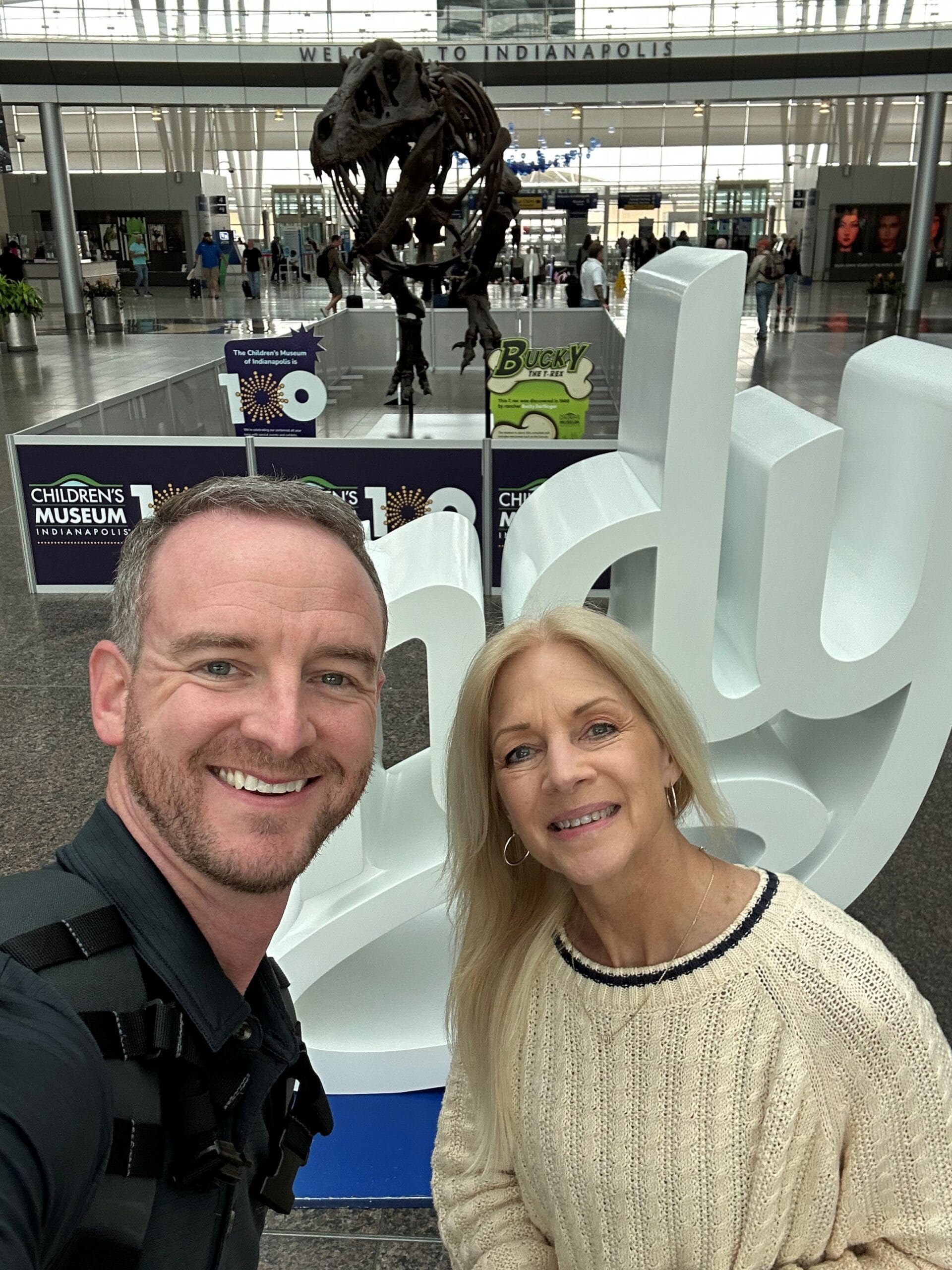
Jill: Thank you for sitting down to chat with us today, Gwen! You’re a newcomer to the Catapult Insights blog series but you are definitely not a newcomer to the New Product Development (NPD) world. Can you share a bit about your experience?
Gwen: Thanks for inviting me to join you, Jill! I’ve been working in the NPD space a really long time. My first assignment was in the mid-80s for my then-employer, the Southwest Coca-Cola Bottling Company. We recognized not all parents felt comfortable helping their children with homework, particularly math assignments. So I was charged with creating what became known as the Coca-Cola Homework Hotline – a teacher-staffed call center designed for fourth-through-eighth-grade students in our Texas and Oklahoma markets to call when they needed assistance. The hotline was active for more than 25 years, so I’d say it was a success!
Since then I’ve had the pleasure of developing new products, services and experiences for almost any category you can imagine – from candy to cars to computers.
Jill: Justin, I know NPD research is some of your absolute favorite work to do. What do you love about it most?
Justin: I love how wide-ranging it is. There’s so much that goes into NPD, from the research that fuels need identification to the creative process behind developing solutions. Then comes the long road of go-to-market strategy development, because we don’t want to see fantastic ideas die on the vine. Without the right introduction, an idea can miss it’s time, place, or target, and that’s a shame because it can all be avoided with thoughtful planning.
Jill: What was your favorite NPD project you’ve worked on and what made it stand out?
Gwen: I don’t really have a favorite because they’re all amazing, but one that stands out is a project I undertook for a luxury automotive manufacturer. The goal was to understand what defines “luxury” and then create a set of guidelines for the designers and engineers to reference. The work was groundbreaking and strategic, and you literally could see it reflected in the new models the manufacturer went on to develop. It’s still evident in their vehicles today.
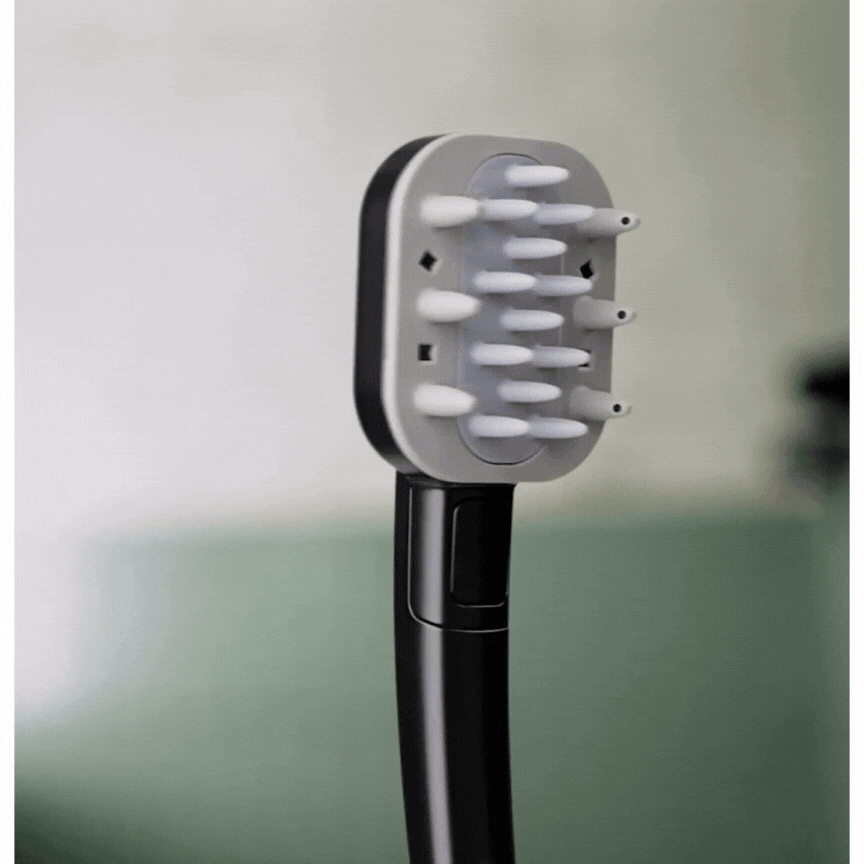
Justin: I tend to enjoy being part of the ideation process where ideas are born, but I’d say a recent favorite was one where Catapult Insights was brought in further downstream. We joined Delta Faucet’s VersaCurl™ project to help them determine the extent their idea intersected with real human needs. One thing I loved most was the depth to which we were able to explore the topic of curly hair and build an understanding of the human experiences it involves. There were a lot of stakeholders on the project and we built a large and diverse team to make sure Curlies’ stories, needs, and culture were accurately represented and understood, which was crucial to refining the VersaCurl™ product and introducing it to the world with appropriate fanfare.
Jill: What’s the biggest mistake you see researchers make when working through the NPD process?
Gwen: I see two mistakes. The first is being myopic and not considering innovation context – meaning overlooking the environment in which the new product or service will be used and/or the reason why innovation is needed in the first place. Innovation context allows you much more permission to create and test new options. Of course, the end results must align with the client’s objectives, but on the front end you need as much relevant space to play in as possible. The second mistake is not taking existing behavior into account. You can come up with amazing innovations, but if they require a significant change in behavior, success is going to be a challenge. That’s not to say it’s impossible, but there’s going to be a good deal of effort involved.
Justin: Co-mingling research and innovation in their minds. My POV is that they are distinct, but complementary functions. For example, research is great for identifying need gaps, sizing markets, and testing messages and experiences, but innovation is a mental shift away from understanding & evaluating towards growth & creation. It uses a different part of the brain, requires different skillsets, and often we tap different people to help us with each side of the process.
Jill: What are your best tips and tricks for tackling NPD work?
Justin: Be honest about your organizational boundaries. Many people are aware that the creative process can be smothered by too many restraints, but a little-known secret is that creativity also thrives when given guardrails. If you start the process with too few boundaries your ideas will be all over the map – things the organization would or could never execute on. If you have too many guardrails it chokes down your idea pipeline. It’s paradoxical, so it requires some experience to strike the optimal balance.
Gwen: I’ve really taken a liking to drilling down to fundamental humanistic needs and using them as my starting point. There are all kinds of frameworks ranging from simple to complex. The one I’ve been using recently is Dr. Kenneth Acha’s Seven Fundamental Human Needs. It’s well-structured, straightforward, and I’ve been able to apply it across lots of different categories, such as financial services, pharmaceuticals, and consumer packaged goods.
Jill: Which step of the NPD process is your favorite and why?
Gwen: I’m torn between the step in which you search for new opportunities and spaces in which to create something new, and the step in which you generate potential solutions. When I’m involved in only one of the two I feel a bit unsatisfied, like I didn’t give the client my best. So I’m going to fudge and say those are my two favorite parts of the process.
Justin: Jinx! My favorites are the same. First is the really early stuff when you’re learning about people. There’s always a thrill and sense of satisfaction when I get the chance to meet someone new and deeply learn about their lives, motivations, and needs. Taking that back to find intersections with a client’s expertise is a hopeful moment that makes me feel happy to provide a spark that could grow into something more.
The second is the creative process behind solution development. I’ve designed and facilitated lots of sessions, and one that I like to think about involved a very immersive, experiential component for our clients. We planned a series of missions, tasks, and experiences for them to bridge the gap between consumer insights and ideation, essentially giving them a lived-experience to personally relate to everyday needs of their target customers. Then we staged our ideation session in a hip Austin-area Airbnb, complete with a surprise visit from an ice cream truck in the afternoon. The entire thing was a great success and I still work closely with those clients to this day.
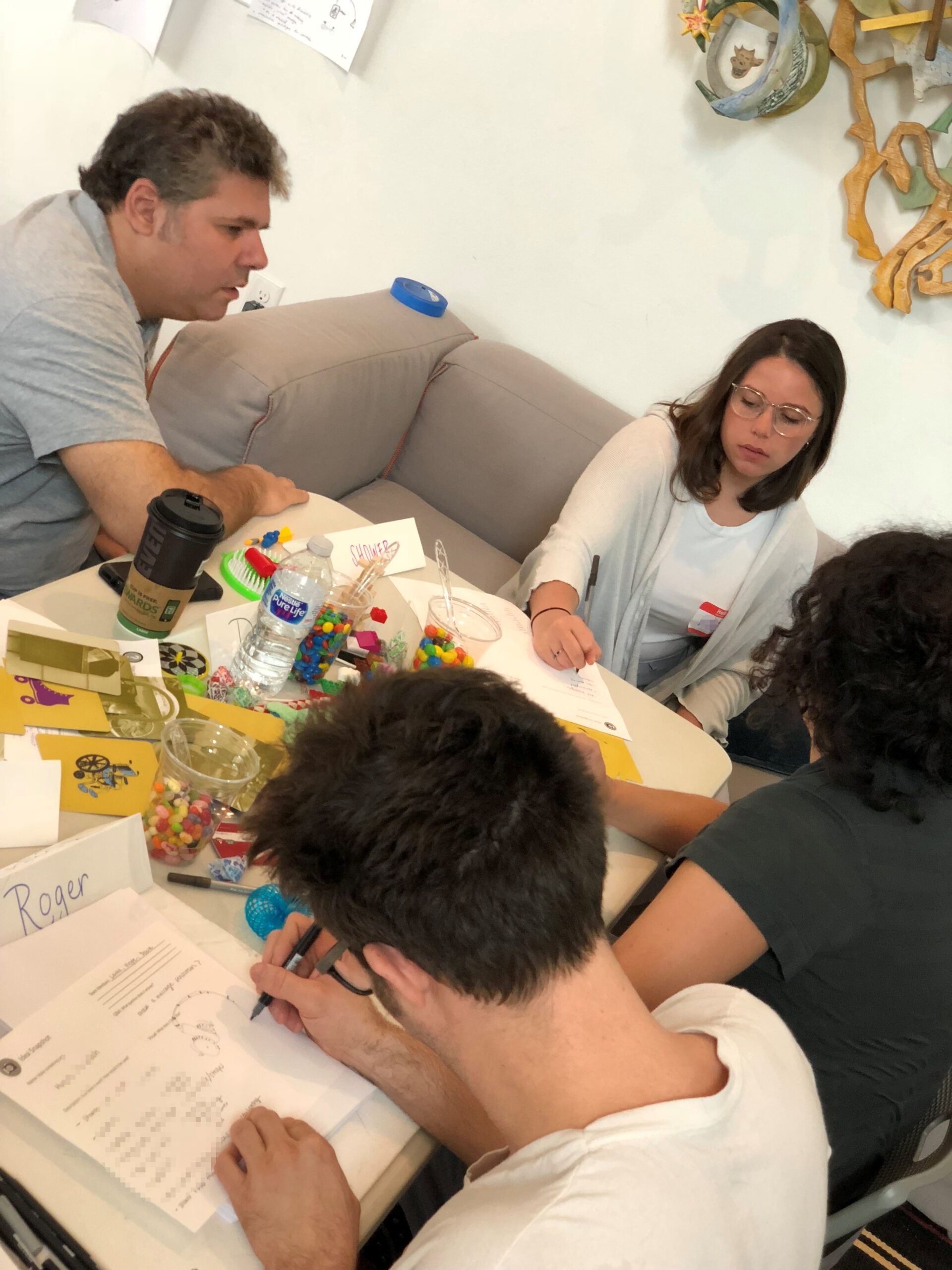
Jill: What NPD work have you done that ended up in the most unexpected place?
Gwen: Justin was my partner on this project! One of the largest wireless companies was considering moving into the device space, and they asked us to create new phones for them to develop. Having worked in the telecom space in the past, we knew this was a pretty significant departure. But the company had great name recognition and a solid brand reputation, so we were excited to help. Ultimately, we created seven or eight truly unique concepts for them to consider, and their team was absolutely thrilled. Then… the company decided to remain focused solely on being a wireless carrier.
Justin: I remember that project well. That was around 2012 and we were coming up with some really forward-looking concepts. After our carrier client decided against entering the device-manufacturing space I believe they shared our work with their partners, which is far more rewarding than watching the ideas collect dust. About half of the ideas from our work have come to market by way of Apple and Samsung at this point, which makes me happy.
Jill: What piece of advice would you give to a first time innovation/NPD client to help make their first project a success?
Justin: Jumping in might be overwhelming, but structure can help in a lot of ways. Give shape to your project and create waypoints to allow for key decisions to be made along the way. It might help to start at the end and work your way back. If you were to launch a new solution, what’s the last puzzle piece you would need? To get to that point, what would you need to know first? And so on. This is also a good time to phone a friend (or Gwen or me) who has been through the process a few times.
Gwen: Agreed! When I was in telecom, I was asked to join my company’s New Products & Ventures Group. I was so excited – it was the part of the organization that focused exclusively on creating new-to-the-world products and services! But several of my peers advised me not to go because, “People who work on unsuccessful products don’t keep their jobs.” Of course, I went anyway and it was one of the most rewarding decisions I’ve ever made. But most people stay away from risks, especially when it comes to their careers. I’ve found that laying the journey or project as a process goes a long way in alleviating that fear. It reassures clients that milestones will be met and checks will be made, all of which helps ensure success. I also like to provide a visual of the process that they can share with others in the organization. It helps create buy-in and promotes support for their work.
Jill: Thanks again for joining me today and sharing so much of your experience! I think it’s fair to say NPD work is as challenging as it is exciting.
Justin: No doubt! When it’s done well NPD work has so much potential to help people. Knowing that our work is connecting real people to real solutions is so rewarding.
Gwen: It’s exhilarating to see a product you’ve helped create on your local store’s shelf, or to watch the supercar you worked on pass you on the highway. It’s hard work and there can be lots of disappointments, but there’s nothing like it – especially when what you’ve created makes someone’s life better or improves the world around you.
Drop us a note at hello@catapultinsights.com if you want to learn more about our approach to NPD research or how we could help you bring your great new idea to market.
Jill Miller
CO-FOUNDER
CATAPULT INSIGHTS
